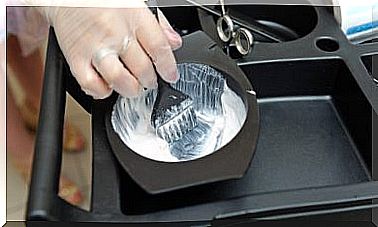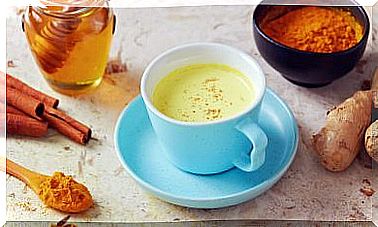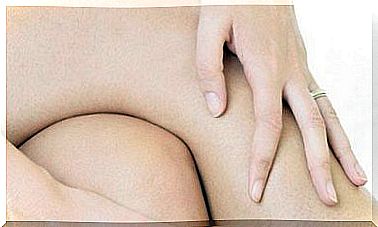Possible Health Risks From Consumption Of Artificial Colors
Artificial colors in food have been used since before the 19th century. Originally, pigments from plant extracts were used and later mineral pigments began to be used, but these were toxic. For this reason, they began to be rapidly replaced when organic pigments were obtained synthetically in the mid-19th century.
It was then that the artificial coloring of food gained great importance in the industry. Currently, artificial colors are a group of additives formulated with various chemicals.
Artificial colors
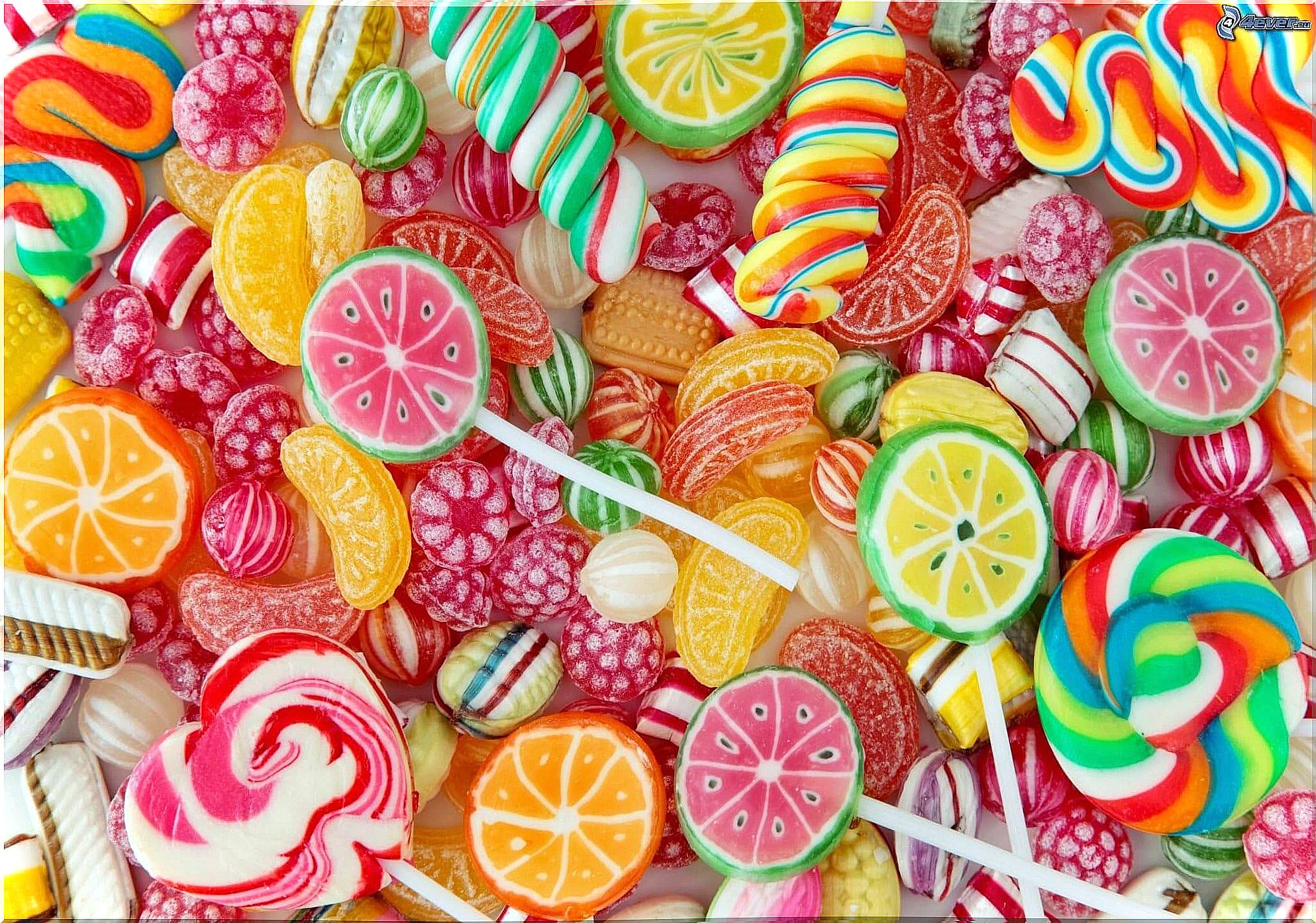
In many countries they have been approved for human consumption, although in others there are unsubstantiated controversies about their possible negative health effects. Most of these products are soluble in water, so their use, as well as their manufacture, is cheaper, easier and faster than dyes of natural origin.
You can find them in the form of sodium salts, liquids and pasty materials. They are also used in the form of insoluble lacquers for solid products, preventing them from fading, such as some sweets.
The advantages they have over natural colorants, in addition to being cheaper, easier to produce and use, is that they are more resistant to heat treatments. For this reason they offer some advantages such as:
- They can be used in products that must be heated or cooked before packaging,
- They withstand more extreme pH levels.
- They have greater resistance to light, with the exception of erythrosine, indigo and lysamine green.
Artificial colors make food look prettier, full of bright colors. However, they are neither necessary nor nutritious, and could put your health at risk.
Harmful Effects of Artificial Colors
The bright blue FCF dye can, in high doses, accumulate in the kidneys and lymphatic vessels. This is present in soft drinks, confectionery products or ice cream.
For their part, dyes such as Red3 or erythrosine have caused more controversy. In studies done in male rats, this substance increased the risk of thyroid tumors.
However, research on dyes and cancer is limited and not enough to prove their relationship. Despite this, the general recommendation is to avoid them.
As for Yellow 5, a colorant used in cereals, jams and instant noodles, it can cause:
- Migraines
- Asthma crisis.
- Vision problems.
- Allergic reactions.
- Disorders in behavior.
Possible link to hyperactivity in children
Since 2011, the Food and Drug Administration of the United States has been studying the relationship that could exist between the consumption of artificial colors and hyperactivity in children.
Another coloring called Red 40 used in French fries, could be an incentive of irritability and hyperactivity in children.
Here it should be noted that although some colorants are still allowed for use in food, different types of artificial colorants have historically been banned. Especially since 1950, the year orange food coloring # 1 was banned, after it sickened numerous children at that year’s Halloween celebration .
Since then, various efforts have been made to get other types of colorants banned as well. However, some large food companies continue to voice their opposition to this. They argue that, as long as it is not proven that these colorants are indeed bad for health, they can be consumed.
Make non-nutritious food more appealing to the eye
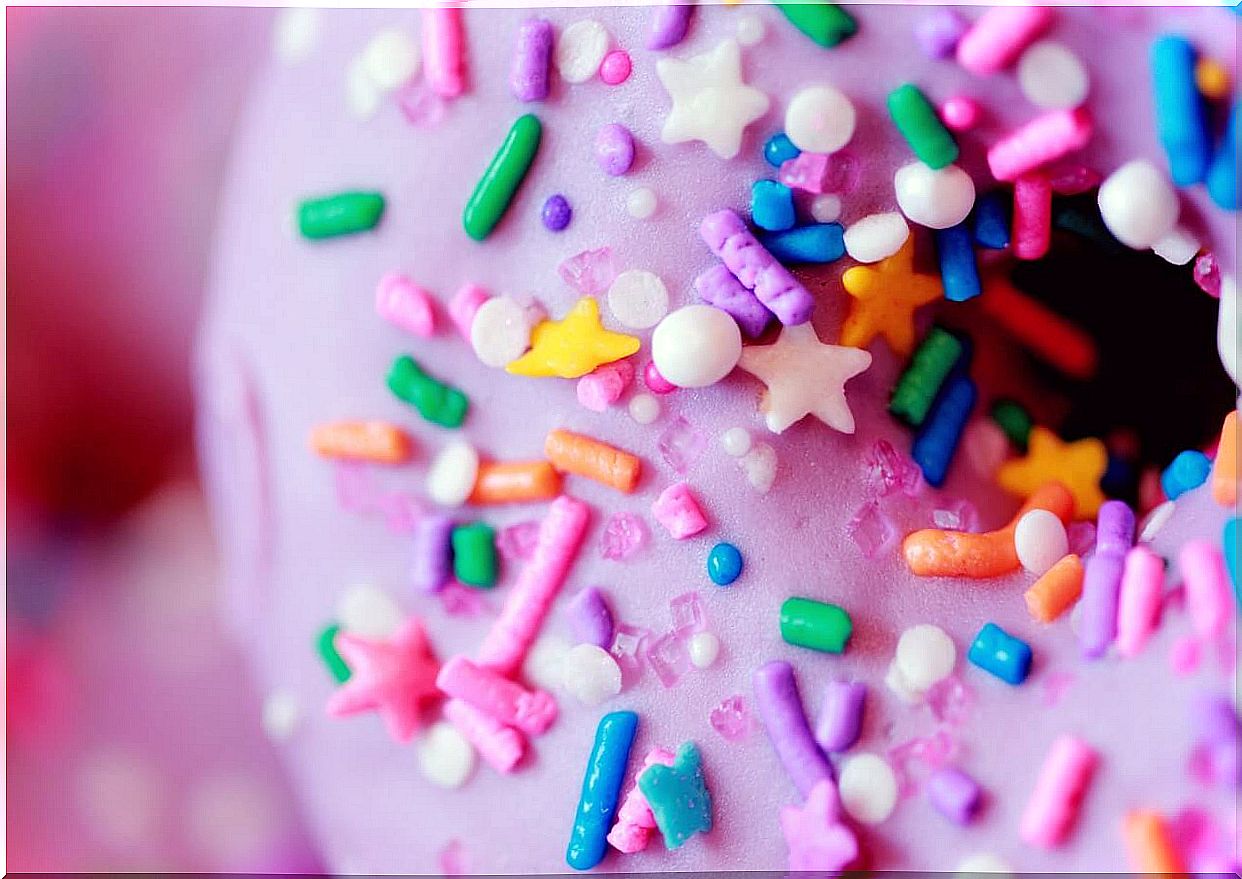
Another criticism that many nutritionists express is about the use that food manufacturers make of artificial colors.
There has been criticism of wanting to make non-nutritious foods more palatable to the eyes for children, using attractive colors. Likewise, many times an attempt is made to imitate the natural color of some fruits and vegetables, although in reality the food sold does not present or include the fruit or vegetables whose color it is trying to imitate.
In this way, one of the best solutions to this unknown, about the possible health risks of artificial colors that are still used, is to take advantage of the natural color of food.
Instead of offering a child candy or drinks that make use of artificial colors, you can offer fruit salads or other foods that contain equally colorful fruits. When properly combined, they are equally colorful and vastly more nutrient-dense.
